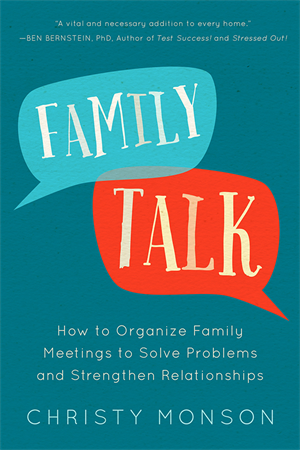The health of the family unit is vital to the stability and prosperity of the greater society. How do the statistics stack up?
The one thing I learned in my college statistics class is that you should always approach statistics with a healthy measure of skepticism. I’d be the first to concede that the numbers don’t always tell the full story. But, in much the same way that doctors might use vital signs to quickly assess the condition of a patient, statistics on marriage and family can provide a quick, helpful glance at the health of the family unit—and it isn’t altogether encouraging.
Here are 6 vital signs we’d be wise not to overlook.
Over roughly the last century, marriage rates have declined by 66%.
(http://www.huffingtonpost.com/2013/07/22/marriage-rate_n_3625222.html)
Why it matters: Yes, that’s comparing 2013 to 1920, and certainly American culture has changed a lot from the days of flappers and speakeasies. But there’s no denying that marriage rates have plummeted, and that spells trouble for society. Married couples are the genesis of stable, committed families where values like honesty, hard work, education, and other desirable traits take root. Married couples are the caretakers and curators of happy, well-contented children. And speaking purely economically, married couples are vital contributors to economic growth (http://www.gallup.com/poll/165599/economy-benefit-marriage-rate-increases.aspx).
39% of Americans say marriage is becoming obsolete.
(http://www.pewsocialtrends.org/files/2010/11/pew-social-trends-2010-families.pdf)
Why it matters: Marriage rates at historic lows is already troubling, but, for the reasons outlined above, marriage becoming entirely obsolete is altogether disastrous. And with 4 in 10 Americans already conceding that the trend is moving that direction, it’s even harder to see that trend reversing.
52% of Americans say they’ve received an unsolicited email containing adult content or pornography, while an estimated 40 million Americans regularly visit pornographic websites.
(http://www.webroot.com/us/en/home/resources/tips/digital-family-life/internet-pornography-by-the-numbers)
Why it matters: Pornography destroys the bonds of trust, love, and intimacy that hold families together. Not surprisingly, 56% of divorce cases involve at least one party having an “obsessive interest” in pornographic websites (“The Effects of Pornography on Individuals, Marriage, Family and Community,” by Patrick F. Fagan, Ph.D, psychologist, and former Deputy Assistant Health and Human Services Secretary).
Similarly, the use of pornography increases infidelity in marriage by more than 300% (Steven Stack, Ira Wasserman, and Roger Kern, “Adult Social Bonds and Use of Internet Pornography,” Social Science Quarterly 85 (2004): 75-88).
40% of children are born out of wedlock.
(http://www.cdc.gov/nchs/fastats/unmarry.htm)
Why it matters: Though the traditional, nuclear family isn’t always attainable, experience teaches that children flourish best in a stable, loving home where a father and mother—committed to their own relationship and to the family—share the responsibilities of rearing a family.
Over 50% of marriages end in divorce.
(http://www.cdc.gov/nchs/fastats/divorce.htm)
Why it matters: Just as strong families can give children the best chance for success, fragmented families can have a conversely disruptive influence. Study after study suggests the unfortunate correlation between divorce and ills as serious as crime and drug use, not to mention the stressful, anxious, inhibiting environments that divorce can create for children and adolescents. And while the divorce rate is alarming for its negative impact on children and families alone, it is equally alarming to ponder its place as a symptom of more concerning trends. What factors are behind the number of marriages that seem to fall apart, and what other aspects of family life are being affected by those same factors?
98% of Americans say that family is one of the most important things in their lives, with 76% saying it is the most important thing.
(http://www.pewsocialtrends.org/files/2010/11/pew-social-trends-2010-families.pdf).
Why it matters: This is both good and bad news. On one hand, this suggests that society still feels committed to family and still recognizes the happiness and satisfaction that family life fosters. It means we still promote family above career, hobbies, wealth, and our other relationships. But it also means that we are in danger of becoming walking contradictions. With one hand society exalts the supreme importance of family and family life, while with the other hand it increasingly engages in behaviors—infidelity, pornography, the marginalization of marriage—that destroy the very family it exalts so high. The family unit is one cake that can’t be had and eaten too.
Like the article? We bet you’ll love this book:
Christy Monson, a retired family therapist, provides in simple language concrete examples and clear language to family success through family councils.
While families are diverse and the...

The Family Council Guidebook
Christy Monson